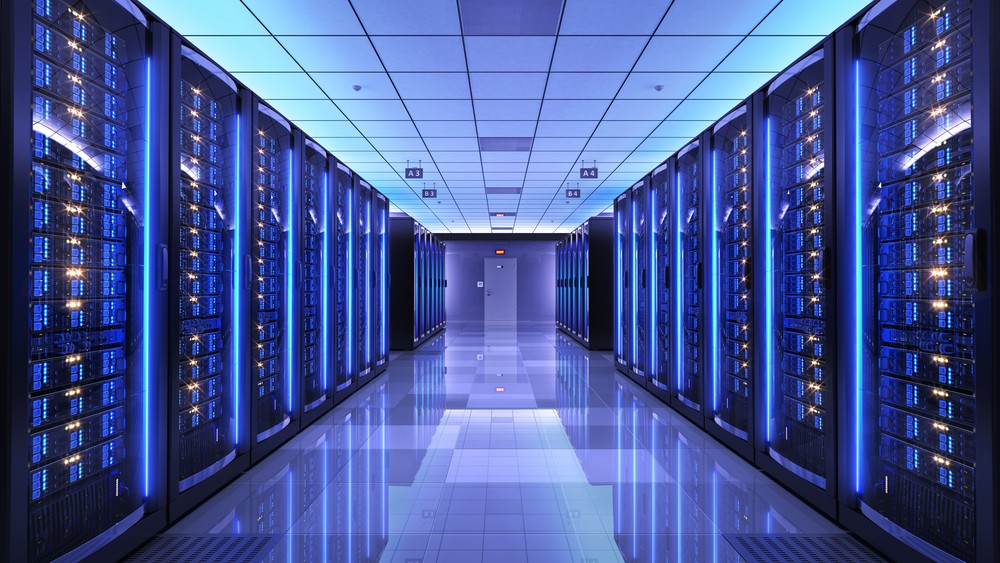2020 will be a year that goes down in history for many reasons. In our sector, we have seen a huge requirement for data, which has been driven by an increasing demand for content delivery networks for entertainment, education, home working and online commerce. As a result, data center usage has increased 47 percent during recent months.
So, what does this mean for data center design as the industry evolves from an IT support system to on-demand scalable services that deliver increasing levels of security and sustainability?
The task of creating flexible fortress-like data centers that safely and securely store and manage business critical data and applications under every conceivable situation, while simultaneously accommodating both short-term and long-term growth, is daunting.
With the data center construction market predicted to grow by USD 31.7 bn during 2020-2024, it is likely that we will see increasing demand for more agile operations tailored to specific needs and the evolution of system design.
The continued rise of the colocation data center
In a market once dominated by purpose-built on-premise enterprise data centers, we have seen a marked shift to off-premise colocation and cloud data centers, largely driven by the financial benefits of renting versus owning and higher levels of reliability. With a global spend of USD 38 bn on colocation services predicted by 2023 and multi-tenant data centers experiencing 5 percent growth, this is a trend that is set to continue.
These increasingly popular services for enterprise clients allow companies to easily rent colocation data center space from third parties or utilize cloud data centers, eliminating the need for building, cooling and security infrastructure. They also reduce the need to manage IT components, such as servers, data storage and firewalls.
Coinciding with technological expansion, colocation providers are increasingly applying sound business practice to the design and construction of data centers. So much so, that data centers are now seen as critical profit centers, with strategies being aligned with business realities and capital and operational costs highly scrutinized.
Speed to market resulting in demand for pre-engineered solutions
Given current demand levels, speed to market will heavily influence how designs evolve. Fast-track project execution, short delivery cycles and cost-effective utilization of assets are key to the success for data center projects, as they have a direct impact on capital costs.
In response to increasing demand for speed, we have seen a growth in pre-engineered solutions. These packaged solutions ensure safe, secure and continuous operation in a rapidly evolving data center landscape.
With limited site-work and smooth start up processes, they offer flexibility, scalability and cost-effectiveness to ensure a short and effective startup, along with operative reliability and maintainability.
Conventional electrical topologies can be implemented in several different configurations, depending on project requirements and site conditions.
Topology for safe, smart and sustainable operations
Although most data center electrification systems are unique, there are three main underlying topologies; system plus system, shared redundant and block redundant, all of which have different advantages.
System plus system topology uses two totally independent systems to feed the critical load and is the basis of design for more conventional data centers, such as enterprise and colocation companies. While they have a strong reliability record, these systems can be prohibitively high to operate with a maximum asset utilization of 50 percent.
Colocation, hyperscale and cloud data centers typically use shared redundant topology to allow customers to improve utilization by up to 66 percent and achieve lowest possible costs and peak power efficiency.
For data centers with single corded loads, block redundant topology, which uses a Static Transfer Switch (STS) to transfer critical load from the primary system to the reserve or catcher system, can achieve an asset utilization of 80 percent.
This transformation from system plus system to more ‘modern’ block redundant topology is not only driven by the increasing scale of data centers but also by improvements in networking. Networks have shifted from previous monolithic on-premises enterprise to cloud-based Enterprise Resource Planning (ERP), which deliver faster deployments and immediate enterprise-wide availability, with the most up-to-date systems offering IoT and machine learning capabilities.
Preparing for the next ‘decade of data’
To keep pace with unprecedented levels of demand from our data hungry world, the way data centers are designed need to continue to evolve. They will need to tackle increasing demand for flexibility, scalability and cost-effectiveness while ensuring quick start-up, reliability and maintainability.
Modern data centers are large purpose-built, mission critical pieces of infrastructure with much more in common with industrial facilities than with commercial ones. As such, they will need industrial grade automation systems to monitor and manage data center infrastructure and design, particularly as the impact of 5G and IoT starts to be felt over the next few years.
The trajectory has been set. Demand is so high that the amount of data we now generate is growing 40 times as fast as the world’s population and we expect IoT devices to create 90zettabytes (ZB) of data by 2025. In this ‘decade of data’ is it crucial that data centers are designed to be future-proof – as mission critical pieces of infrastructure, this is not an option, it is a necessity.





